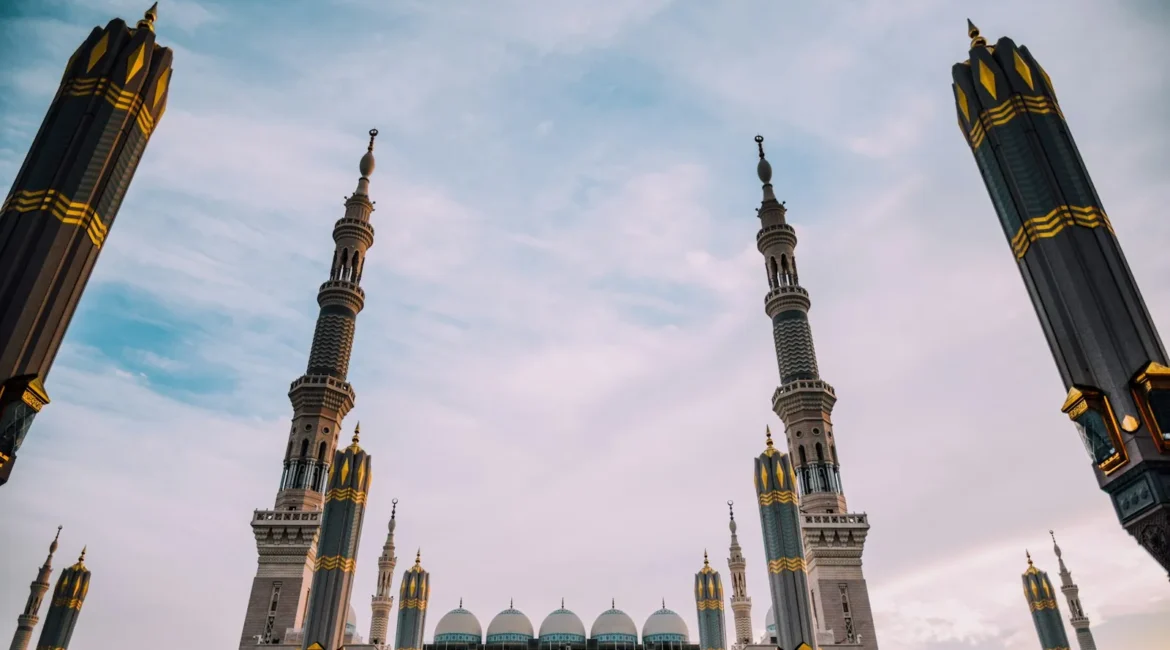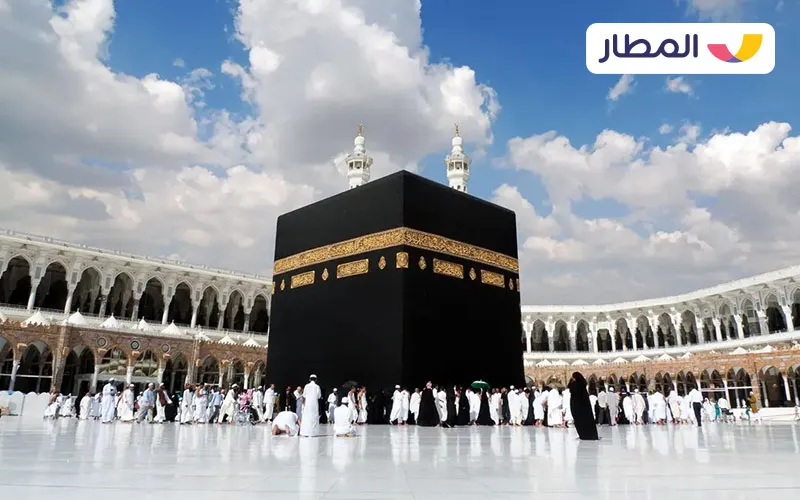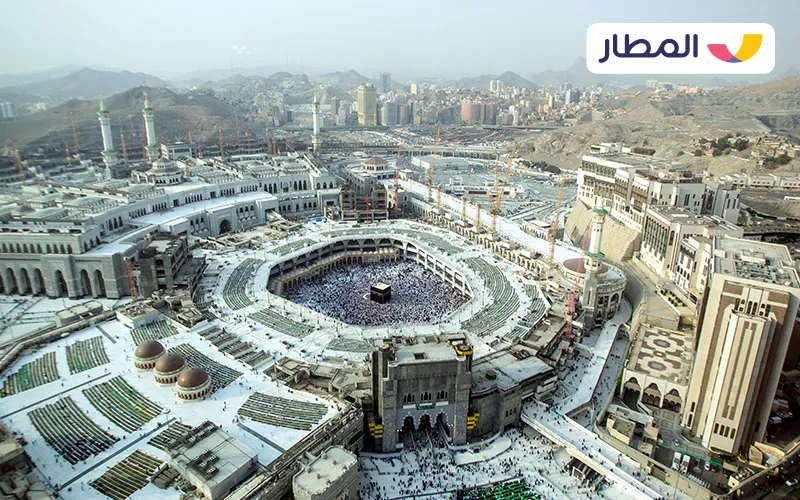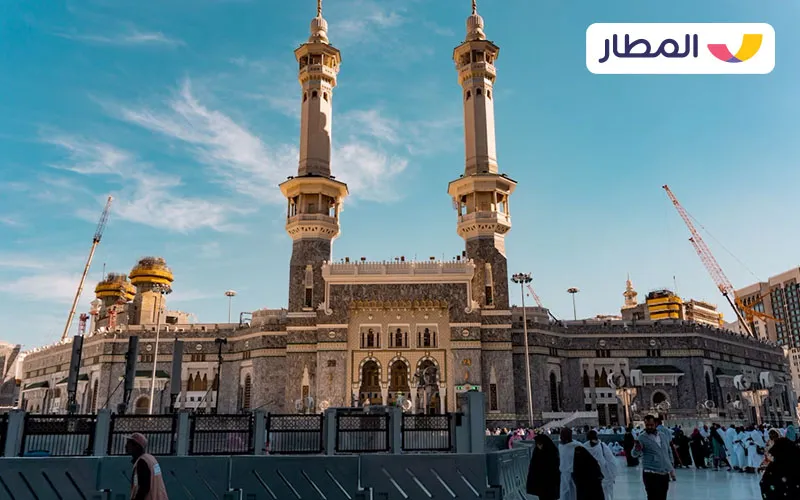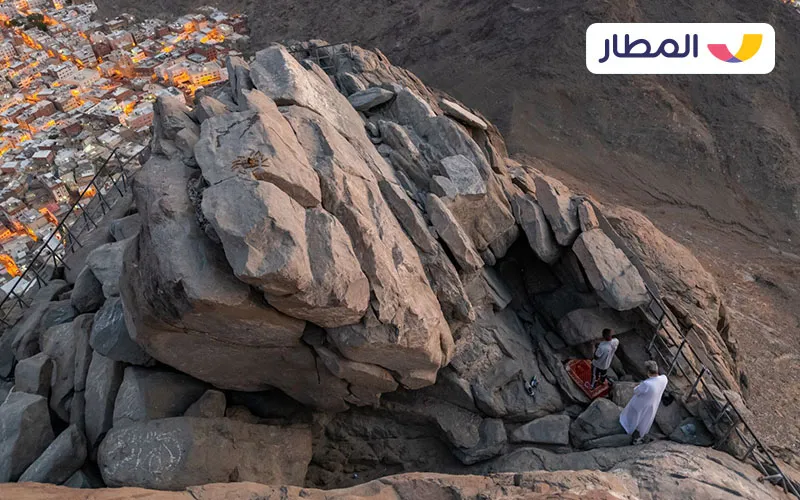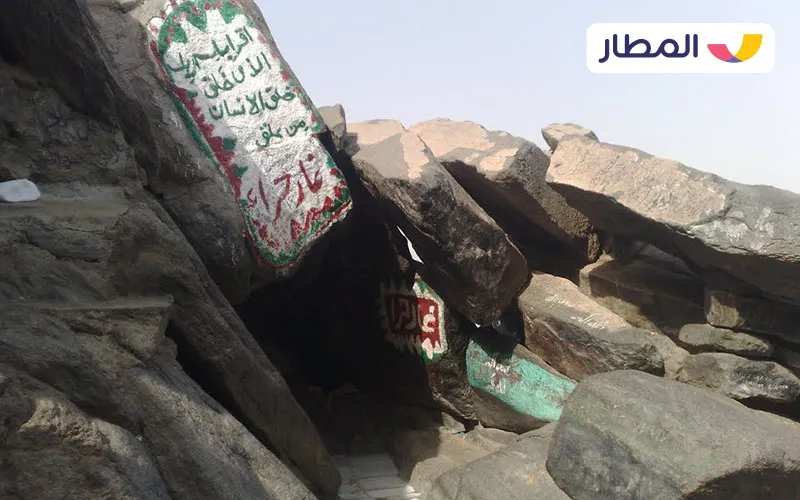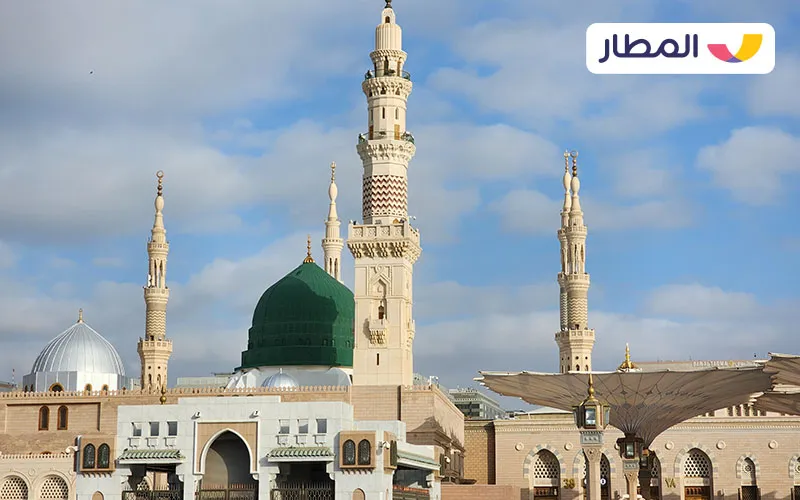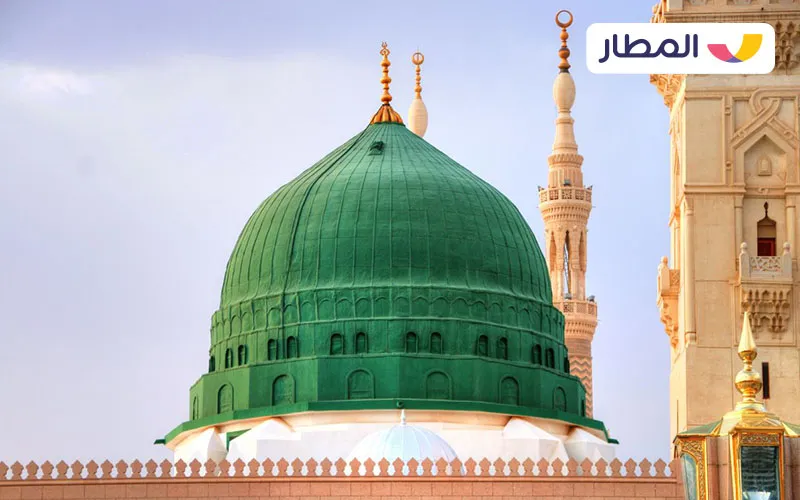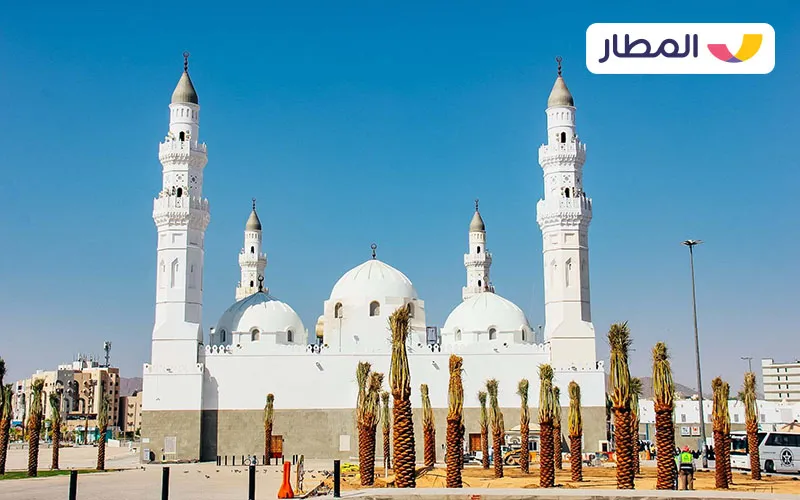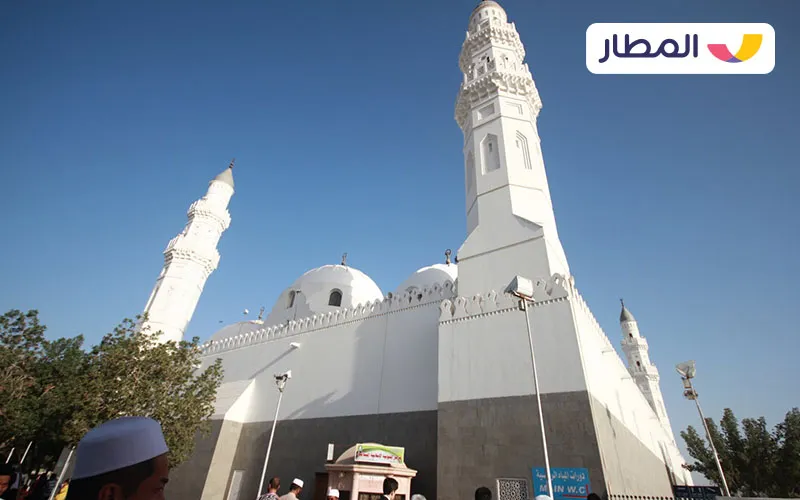The hearts of millions of Muslims cheer throughout the year to visit religious monuments in Saudi Arabia. Tourist attractions in the kingdom, despite being classified as religious landmarks, are considered a destination for religious tourism lovers, especially during the major seasons, especially the holy month of Ramadan.
Mecca and the Holy Kaaba are the number one destinations for Muslims from all around the world. And Medina and the Prophet’s Mosque are the second destination. Tens of millions of people come to these two places every year. The hearts of the longing Muslims are refreshed when they set foot on the land of the message and the city of their Holy Prophet.
Due to the importance of these places and their position in the Islamic religious conscience, Saudi Arabia is the first destination that receives the most tourists within so-called religious tourism.
Religious tourism in Saudi Arabia and developed infrastructure
Any visitor to religious places in Saudi Arabia will be surprised by the huge and magnificent infrastructure and architecture that crown most of the monuments visited by Muslims there. The expansion, development, and modernization processes have never stopped, and every year visitors find renovations that offer a lot of capacity and comfort for their movement and religious and devotional activity, especially during the peak seasons when people head there.
Since its establishment, Saudi Arabia has not known tranquility, constantly evolving and integrating across various fields. With a simple search through the internet, you can return to the archive of old photos of what the cities of Saudi Arabia were 60 or 70 years ago and how they have become in our present time.
Examine the images of Mecca and its landmarks, especially the Grand Mosque and its surroundings, and check the images of Medina and its landmarks, especially the Prophet’s Haram and its surroundings.
Explore the photos of Jeddah, Riyadh, Al-Ahsa, and other cities to find out how Saudi Arabia has been making great strides in the fields of urbanization, tourism, and economic development.
The top 5 religious tourist sites in Saudi Arabia
Within this title, we will focus on six religious tourist attractions located in Mecca and Medina. These landmarks are:
- The Holy Kaaba
- The Holy Mosque
- Gar Hira
- The Prophet’s mosque
- Quba Mosque
1- The Holy Kaaba
The Kaaba is the most important religious destination for Muslims of all. It is the destination to which Muslims go during their prayers, wherever they are in the east and west of the earth. According to the beliefs of Muslims, the Kaaba is the first house that was placed on earth to worship the one god.
The Kaaba is a cube-shaped structure covered with a black cloth embroidered in gold style and replaced once a year. Muslims turn to the Kaaba, and in their historical culture, a list is full of history and events that took place in this place and in its surroundings.
Such stations as the beginning of the Islamic call, the opening of Mecca, the destruction of idols, and so on—all these things will come when any Muslim appears in front of the Kaaba, which is located in the middle of the courtyard of the Haram with great prestige.
2- The Holy Mosque
The holy mosque includes the Kaaba and its surroundings, where you will find in the vicinity of the Kaaba large and huge courtyards, which were expanded in stages until they reached what they are currently.
The holy mosque includes the Maqam of the Prophet Ibrahim, the Zamzam well, the Safa, and the Marwa, in addition to the Kaaba.
The Station of Abraham is a stone near the Holy Kaaba, upon which the Prophet Abraham used to stand. The stone has been placed inside a cylinder made of gold.
As for the Zamzam Well, it is the well that Allah blew up for the Prophet Ismail and his mother Hagar, and it is about 21 meters away from the Kaaba.
Finally, Safa and Marwa are the two points between which the pilgrim moves, walking back and forth between them seven times.
Historically, these two points are considered the distance that Hagar traveled between them several times when she was looking for water for her son Ismail in that spot where there was no planting and no water. After she walked several times between Safa and Marwa, Allah blew for her and her son the well of Zamzam from the side of the place where the prophet of Allah, Ishmael, was lying.
3- Hira Laurel
The Cave of Hira holds great significance for Muslims. It was from this place that the revelation began to descend on the Prophet Muhammad, and in it he received the first Quranic verses. Before he received the revelation, the prophet of Islam went to this cave to retire people and devote himself to worshiping his Lord.
The Hira cave is located in Mecca, northeast of the Grand Mosque. It is located on Mount HIRA, which rises more than 600 meters above sea level. When you reach the cave, you will find a gap in the mountain and a place that can accommodate several people.
4- The Prophet’s Mosque
It is the mosque that the Prophet founded in Medina after his migration there. He used to pray with Muslims while he was in the city. The Prophet expanded it later, after the Old Square was filled with worshippers, as people began to enter the Islamic religion.
The Prophet’s mosque was subjected to many expansion projects after the Prophet’s death, including during the reign of the Rashidun caliphs, then in the Umayyad era, then the Abbasid and Ottoman, and so on until it took its current magnificent and very extensive form during the reign of Saudi Arabia.
The Prophet’s mosque includes the Prophet’s pulpit, the Prophet’s kindergarten, the Prophet’s chamber in which he was buried, two libraries, and the green dome that tops the Prophet’s chamber.
5- Quba Mosque
The Quba Mosque is the first mosque built in Islam, and its foundations were laid by the prophet of Islam when he went from Mecca to Medina. The Prophet used to pray in it on some days, and he recommended praying in it.
The Quba Mosque, after the numerous expansions it has undergone throughout history, is considered the largest mosque in Medina after the Prophet’s mosque.

